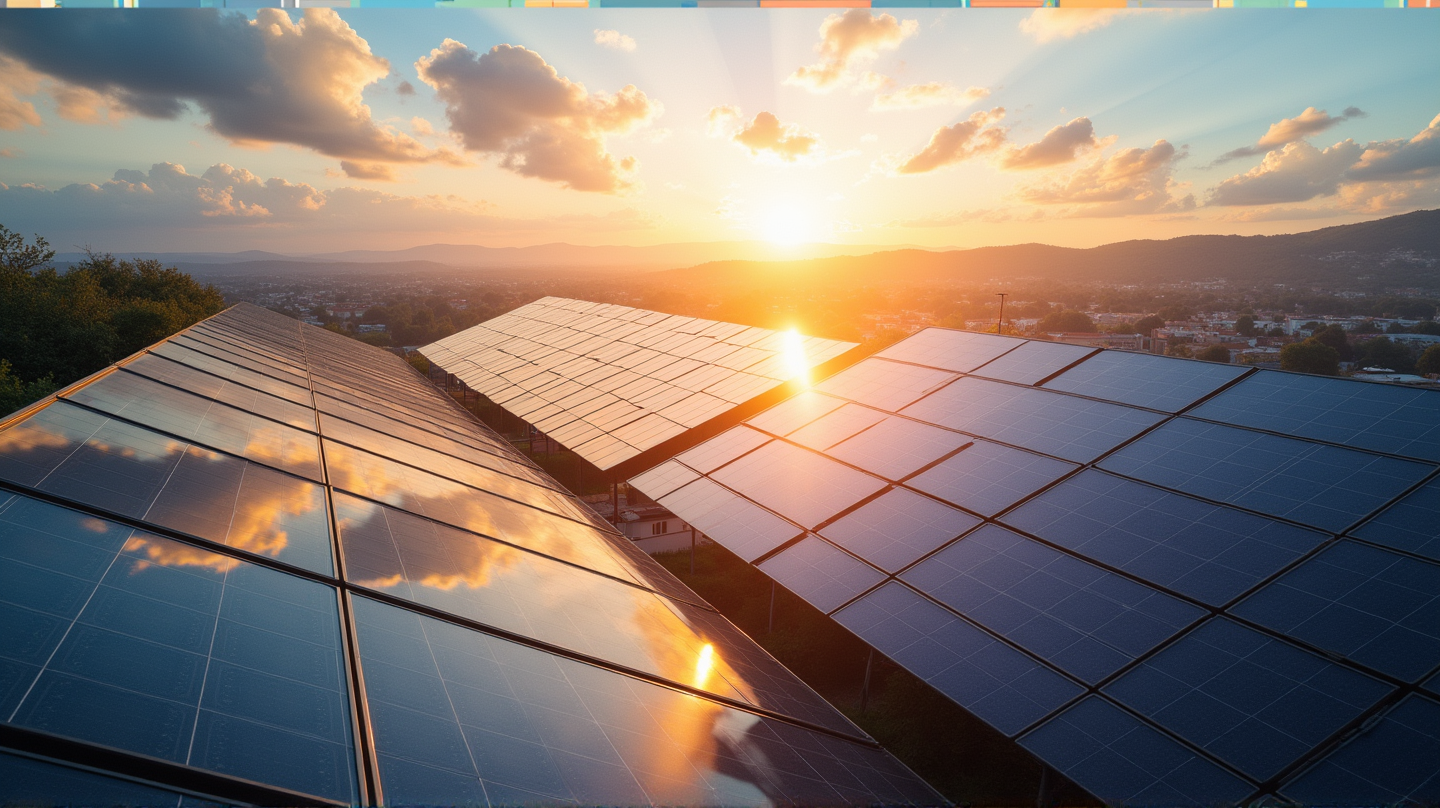Global Bifacial Solar Market Set for Rapid Expansion by 2029
The bifacial solar market is projected to soar from USD 18.5 billion in 2024 to USD 37.6 billion by 2029, driven by technological advances and cost efficiencies.

Overview of Market Trajectory and Key Drivers
In the realm of renewable energy, the global bifacial solar market stands out as a compelling force of technological progress and economic promise. Leaping from USD 18.5 billion in 2024 to an anticipated USD 37.6 billion by 2029, the sector’s projected growth of 15.2% CAGR outlines a narrative of success driven by technological advancements that have slashed costs. Supported by improved manufacturing efficiencies, bifacial solar panels have achieved grid parity with conventional energy sources, becoming economically viable options for many.
Dominance of PERC Technology
A key player in this panorama is the Passivated Emitter Rear Contact (PERC) segment, which is expected to lead the surge, thanks to compatibility with cutting-edge designs such as half-cut cells and multi-busbar configurations. These innovations not only bolster energy efficiency but also enhance panel durability, providing the PERC segment with an edge in the fiercely competitive solar landscape. It’s a testament to how ingenuity in design can align with sustainability goals. As stated in GlobeNewswire, such advancements are crucial for the adoption of renewable technologies.
Glass-backsheet Panels Gaining Ground
While PERC technology enjoys the spotlight, glass-backsheet bifacial solar panels emerge as strong contenders. The continual improvement in production processes, particularly in lamination and application of cell technology, has charted a path for substantial performance enhancements and cost reductions. With regulatory support alleviating adoption barriers, these panels find their place across diverse applications, from residential rooftops to sprawling commercial facilities.
Asia Pacific’s Leading Role
The growth story is incomplete without mentioning Asia Pacific, slated to assume the mantle of the largest bifacial solar market player. Advancements in grid integration and stability have made the region fertile ground for bifacial projects. With renewable energy capacities on the rise, bifacial solar panels promise not only a steady supply but also efficient management of electricity—cornerstones for widespread adoption.
Opportunities and Challenges
While the narrative is ripe with opportunity—government initiatives and emerging advanced technologies like TOPCon and IBC offering fertile ground for growth—challenges remain. The complexity of installations and reliance on albedo conditions present hurdles, as do grid injection issues and the threat of competition from other energy sources. Yet, the ongoing innovation ensures the market is poised to navigate these obstacles effectively.
Strategic Investments and Market Dynamics
Market leaders like Canadian Solar are paving the way with strategic investments and agreements, such as their multi-year contract with Lightsource BP, enhancing market reach in the US and Australia. Furthermore, Canadian Solar’s $800 million investment in Indiana, focusing on creating 1,200 high-tech jobs, underscores the trust and growth in bifacial solar’s potential.
Conclusion
In conclusion, the bifacial solar market is on a trajectory of significant evolution, primed by technological innovations and strategic initiatives that align with global renewable energy demands. As the world leans into cleaner energy sources, bifacial panels offer a promising pathway to meeting these needs while overcoming installation complexities and competition—as unfold in the unfolding chapters of the energy transition narrative.





